Join Lily and her new friend Squeaky on an enchanting adventure in “The Adventures of Lily and the Secret Garden.” This delightful story helps students learn the use of prepositions of place through engaging and magical exploration.
In a small village, there was a secret garden hidden behind a tall stone wall. The garden was full of colorful flowers, tall trees, and sweet-smelling herbs.
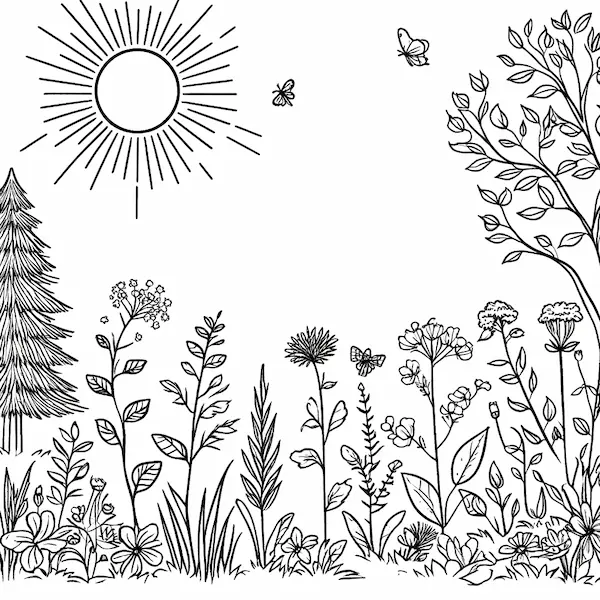
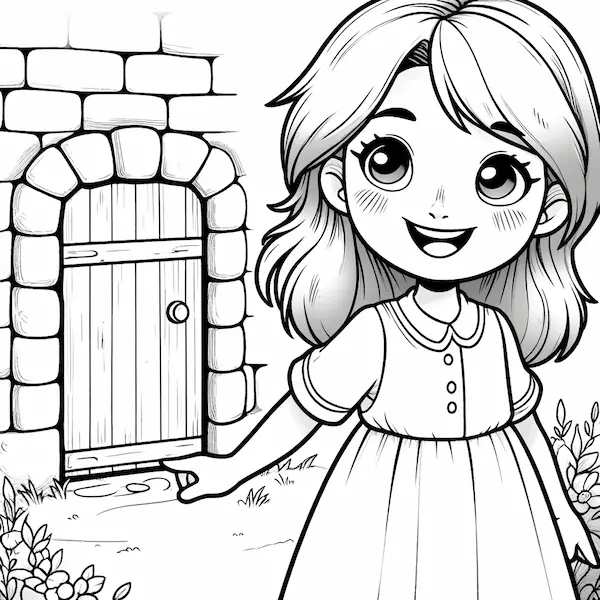
One day, a cheerful girl named Lily was playing near the wall when she discovered a hidden door. Lily was always curious, and she decided to open the door to see what was inside.
As Lily stepped inside, she was amazed by the beauty of the garden. It was full of life, with butterflies fluttering around and birds singing in the trees. She couldn’t believe she had found such a magical place.
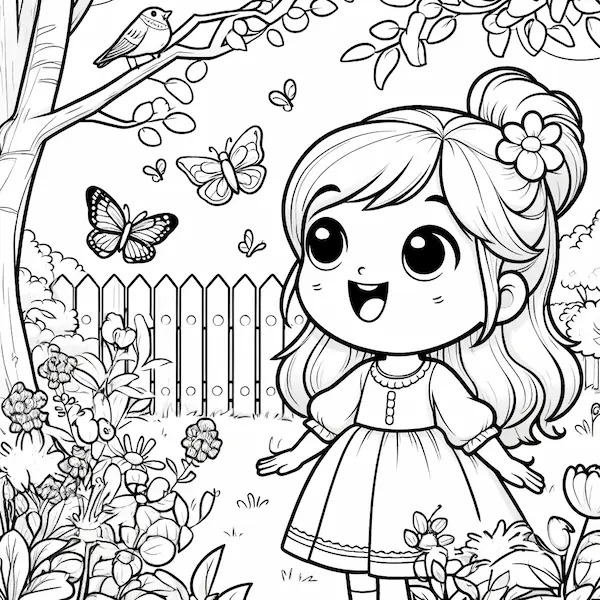
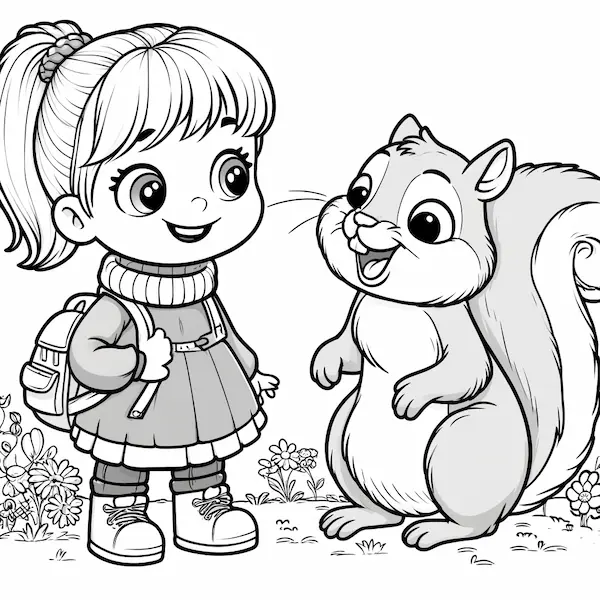
While exploring, Lily met a talking squirrel named Squeaky. Squeaky was very friendly and told Lily that the garden had many secrets waiting to be discovered. Lily was excited to learn more.
Squeaky showed Lily a map of the garden. The map had many markings, each representing a different part of the garden that held a special secret. Lily decided to explore all the marked spots with Squeaky’s help.
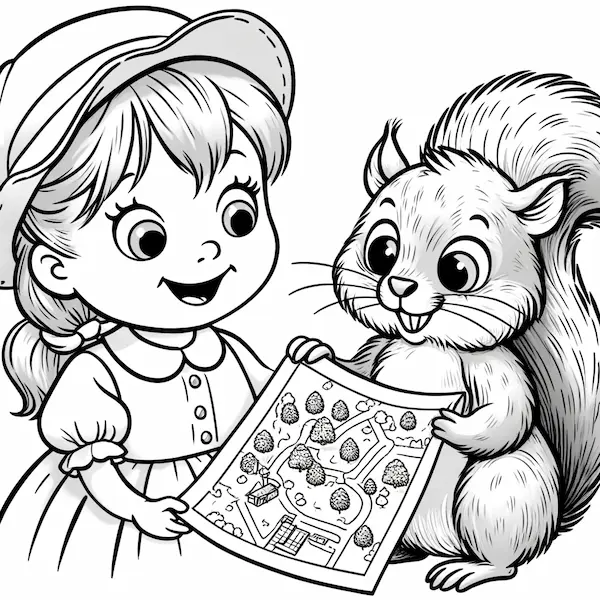
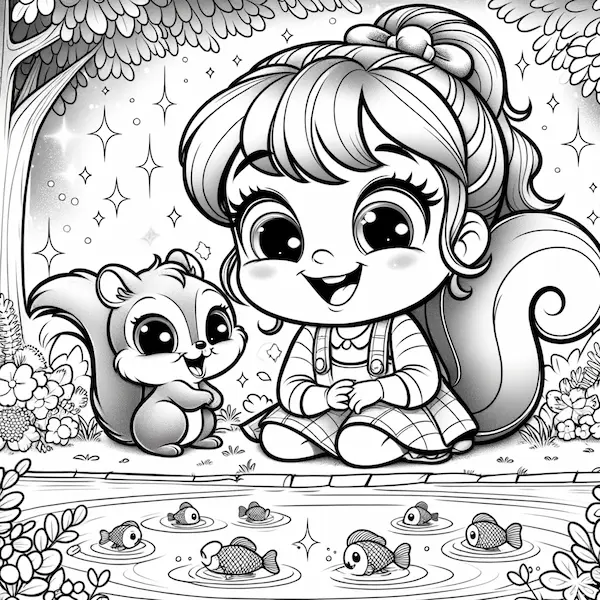
Lily and Squeaky first went to a hidden pond. The pond was beautiful, with clear water and glowing fish swimming around. Lily had never seen fish like these before. She watched them swim and felt a sense of peace.
Next, they found a tree that grew magical fruits. Each fruit had a different color and taste. Squeaky told Lily that eating the fruit could make you feel happy, calm, or energized, depending on the color.

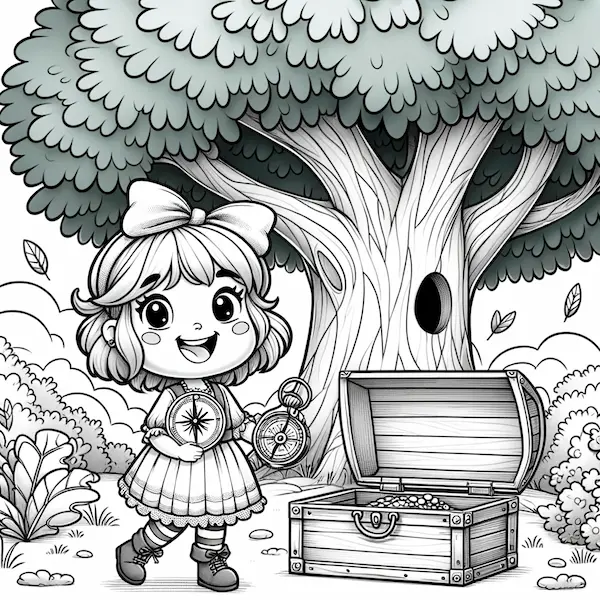
Using a compass from the map, Lily and Squeaky found a hidden treasure box buried under a large oak tree. Inside the box, they discovered old coins, jewels, and a diary from someone who had visited the garden long ago.
Lily read the diary and learned about the garden’s history. It was created by a kind wizard who wanted to share the beauty of nature with everyone. The diary also contained stories and lessons about the garden.
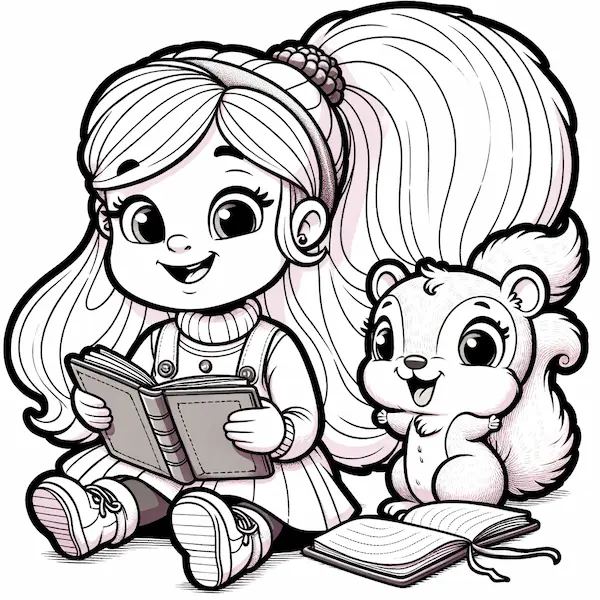
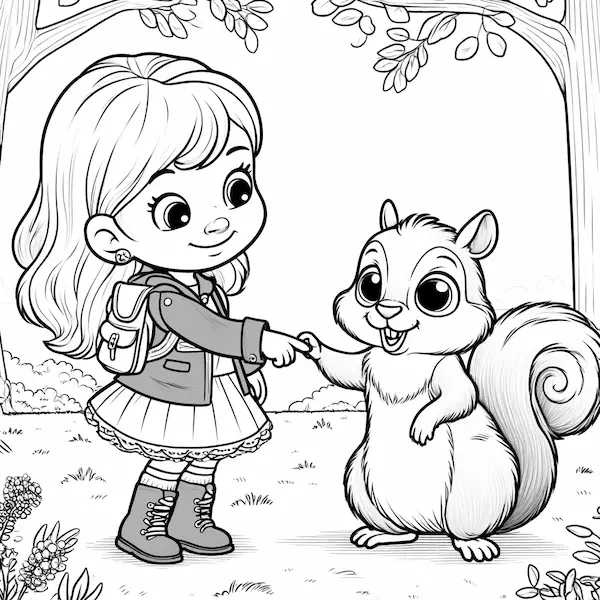
Lily and Squeaky promised to protect the garden and keep its secrets safe. They decided to visit the garden often and share its magic with others who would appreciate it. Lily felt happy knowing she had a new friend and a beautiful place to explore.
Explanation of Prepositions of Place
repositions of place are essential words that describe where something is located or positioned. They help us visualize the setting by providing specific details about the location. Here are some common prepositions of place and examples from “The Adventures of Lily and the Secret Garden” to illustrate their use.
- In: Used to indicate that something is inside a space.
- Example from the story: “Lily found a hidden door in the wall.”
- Explanation: The door is located inside the structure of the wall.
- On: Describes something that is positioned above a surface.
- Example from the story: “The map had many markings, each representing a different part of the garden that held a special secret on it.”
- Explanation: The markings are situated on the surface of the map.
- At: Used to describe a specific point or location.
- Example from the story: “They decided to explore all the marked spots with Squeaky’s help.”
- Explanation: The marked spots represent specific locations in the garden.
- Behind: Indicates something that is at the back of another object.
- Example from the story: “The garden was hidden behind a tall stone wall.”
- Explanation: The garden is located at the back of the tall stone wall.
- Under: Describes something that is below or beneath something else.
- Example from the story: “They found a hidden treasure box buried under a large oak tree.”
- Explanation: The treasure box is situated beneath the large oak tree.
- Next to: Used to indicate something that is beside or adjacent to another object.
- Example from the story: While not explicitly mentioned, we can imagine: “Lily sat next to Squeaky while reading the diary.”
- Explanation: Lily is sitting beside Squeaky.
Understanding and using these prepositions of place can make your writing more vivid and detailed, bringing scenes to life for your readers. By mastering these small but powerful words, you can paint clearer pictures and create more engaging stories.
Conclusion:
Lily’s journey through the secret garden not only revealed hidden treasures and magical fruits but also provided a fun way to understand prepositions of place. From discovering hidden doors to finding treasure boxes under trees, Lily’s story showcases how prepositions can vividly describe locations and actions. Through her adventures, students can learn to use prepositions effectively in their own writing, making their stories more engaging and detailed.
